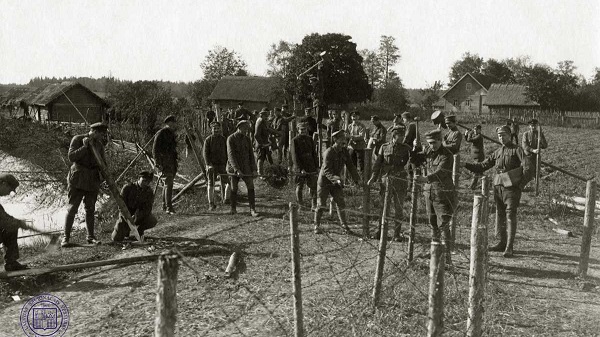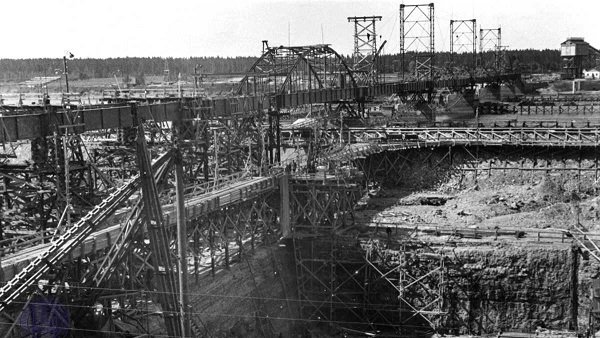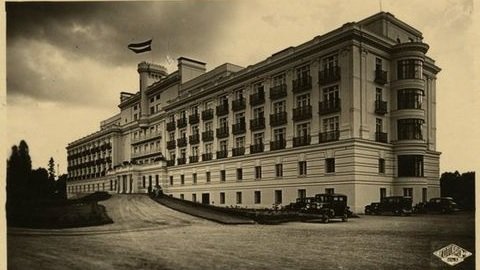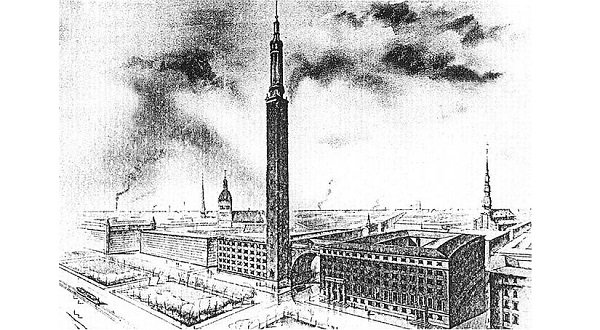1918 declaration of Latvian independence sparkled foreign invasions aimed to extinguish the new state. In the period between 1918 and 1920, Riga suffered alternating Russian communist, Russian monarchist, and German occupations. However, Germans and Russians were both weakened by World War 1 and, having joined their forces together, Latvians, Lithuanians, and Estonians routed out the invaders in their Wars of Independence.

Two decades of prosperous Latvian freedom followed. Riga was now a political capital, named „Paris of the Baltics“ for its beauty. The massive population growth had ceased as many non-Latvians left to build their own homelands, so the mission of Latvian governments was to transform past growth into an enduring prosperity.

They were mostly successful. New major developments brought Western European joys to Latvia (Ķemeri spa, Ķegums power plant) and paid the belated official respect to Latvian culture (Riga soldiers cemetery, Riga Skansen). Industry flourished, manufacturing even cars and airplanes. It seemed that Latvian history reached its happy end. But nothing could have been farther from the truth.

During the 1930s, much of Europe saw democracies overthrown by dictatorships. While the Latvian authoritarian regime of Kārlis Ulmanis that began in 1933 was relatively benign, much more oppressive systems evolved in the Soviet Union (communist) and Germany (national socialist). Both regimes sought to redraw the map of Eastern Europe and independent Latvia had no place in their schemes. Soviet-German Ribentropp-Molotov pact „ceded“ Latvia to the Soviets, and they swiftly occupied the nation in 1940.

